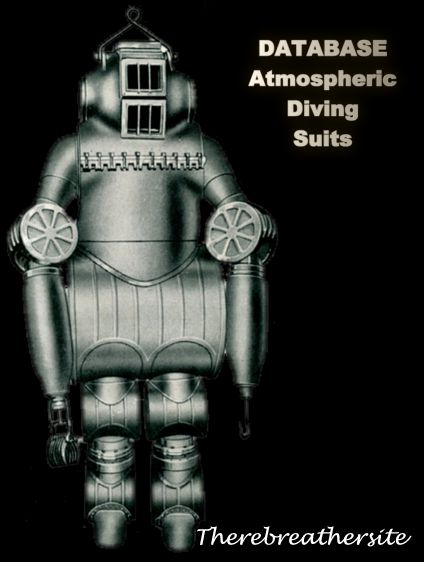
Charles Williamson was the father of John Ernest Williamson (1881-1966), an important cinematographer who made the first underwater films. Captain Charles Williamson was the inventor of a flexible arm with a coupled mitten. This flexible arm led to the development of a tube that could be lowered from a boat to the sea bottom.
At the bottom of this arm an enclosed space was created that facilitated divers in performing salvage attempts. His original patent of 1903 shows multiple arms and helmets mounted on the underwater chamber. This way the diver could look at the sea bottom and handle the objects of salvaging at the same time.
The work of Captain Williamson led to the founding of the “Williamson Submarine Corporation” that performed salvaging on the Ward Line steamer ‘Marida’. The attempts to salvage the silver aboard this ship were not very successful.
The divers went down a ladder through the tube to the chamber below. The tube had a constant feed of fresh air that got pumped in. The attempt to salvage the silver of the Merida took three weeks. However, due to problems with the weather, the project was laid to rest.
In 1917 a second attempt was taken, which failed also.
Further attempts to recover the treasure in 1921 and 1924 were unsuccessful as well.
In the ongoing years many fruitless attempts were taken.
Even up to 1972 many attempts were undertaken to bring home the treasure. The costs for such an expedition are estimated to be about a million dollars. The value of the treasure itself has risen to a cool thirteen million dollars.
In 1912 John Ernest Williamson (J.E.) had the epiphany that the tube his father had invented could be put to use to film underwater. He constructed a special chamber where the cameras were installed. This chamber is still today called “Williamson Photosphere”.
—
With his brother George J.E. took the new Photosphere to the Bahamas where light penetrates up to 150 ft. (50 meter), which they made it possible to create the first underwater films. The first film that was made was called “Thirty leagues under the sea” and was first showed to an audience in 1914. His equipment made possible the shooting of the first undersea fiction movie, the 1916 film version of Jules Verne’s Twenty Thousand Leagues under the Sea. Both films caused sensations in London, Chicago, and New York. Subsequently Williamson divided his energies between fictional features and documentary films.
Captain Charles Williamson, father of the successful cinematographers thus became the founder of their success. He patented a series of patents that were all based on the invention of the flexible arm and mitten in the period between 1903 and 1912.
| Williamsons patents are: | Description: | Year: |
| US 745,469 | apparatus for submarine work | 1903 |
| US 1,009,123 | apparatus for sunken vessels | 1911 |
| US 1,010,558 | flexible arm and mitten | 1911 |
| US 1,010,559 | submarine operating apparatus | 1911 |
| US 1,016,808 | submarine pleasure apparatus | 1912 |
| US 1,017,486 | submarine mining apparatus | 1912 |
| US 1,023,541 | submarine operating apparatus | 1912 |
| US 1,378,641 | art of producing lifelike simulations to inanimate objects | 1917 |
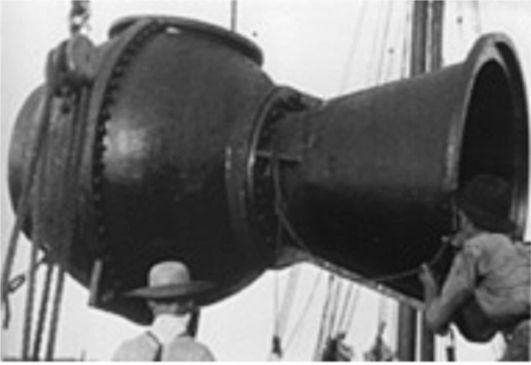

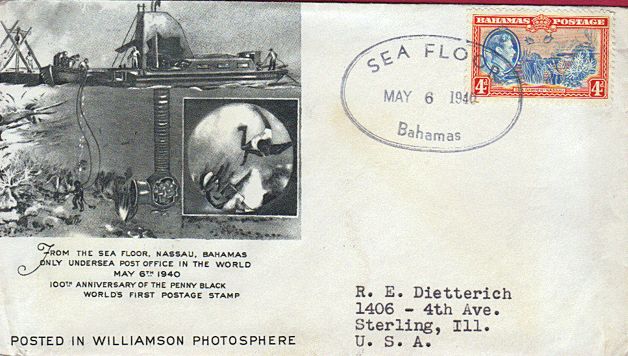
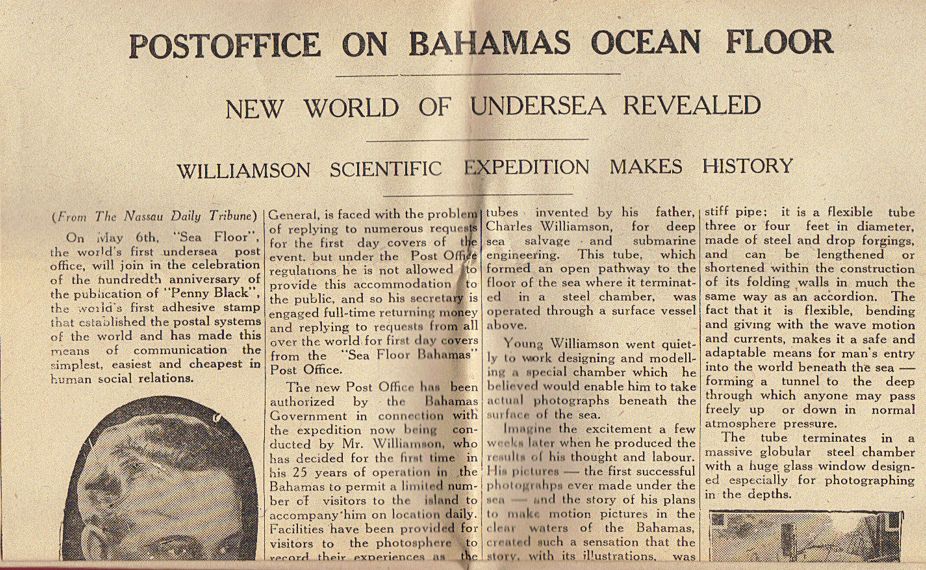

The following pictures are from the book of Williamson “20 years under the sea” 1936 NY
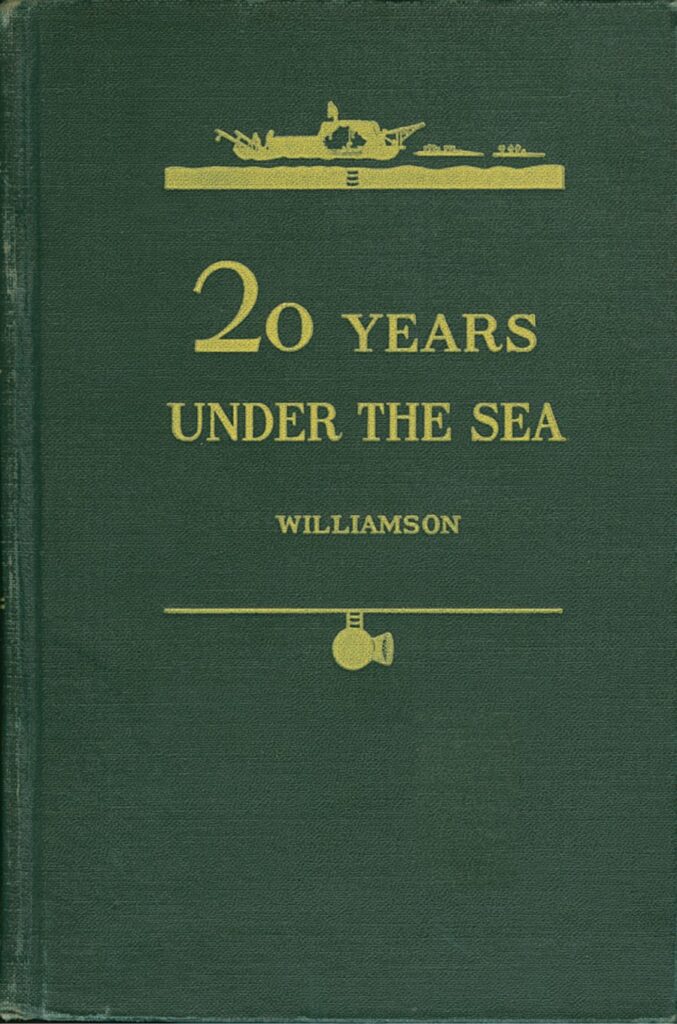
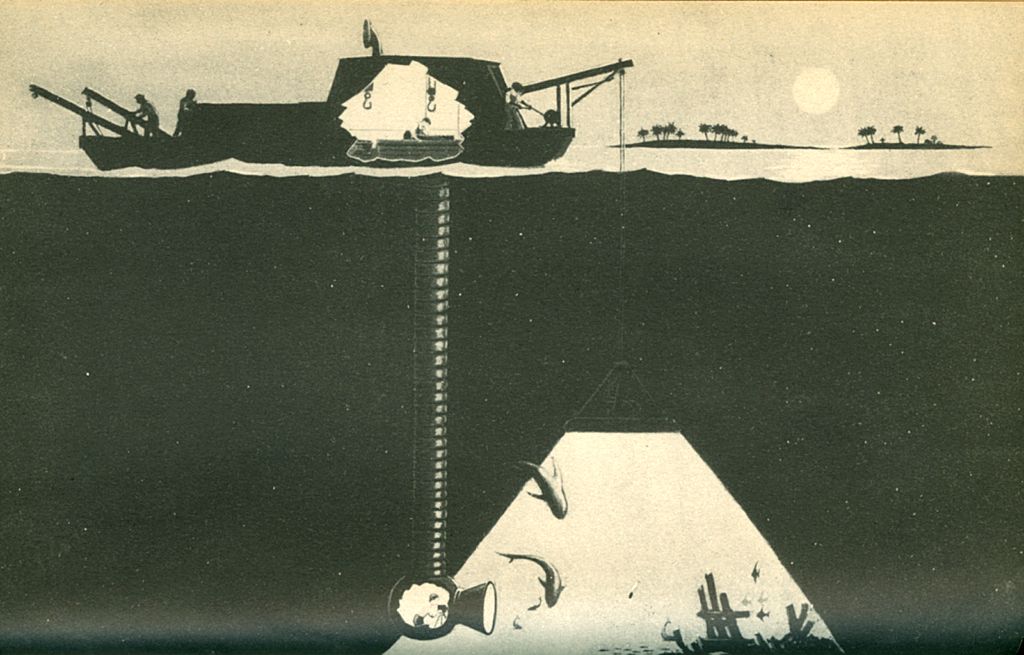
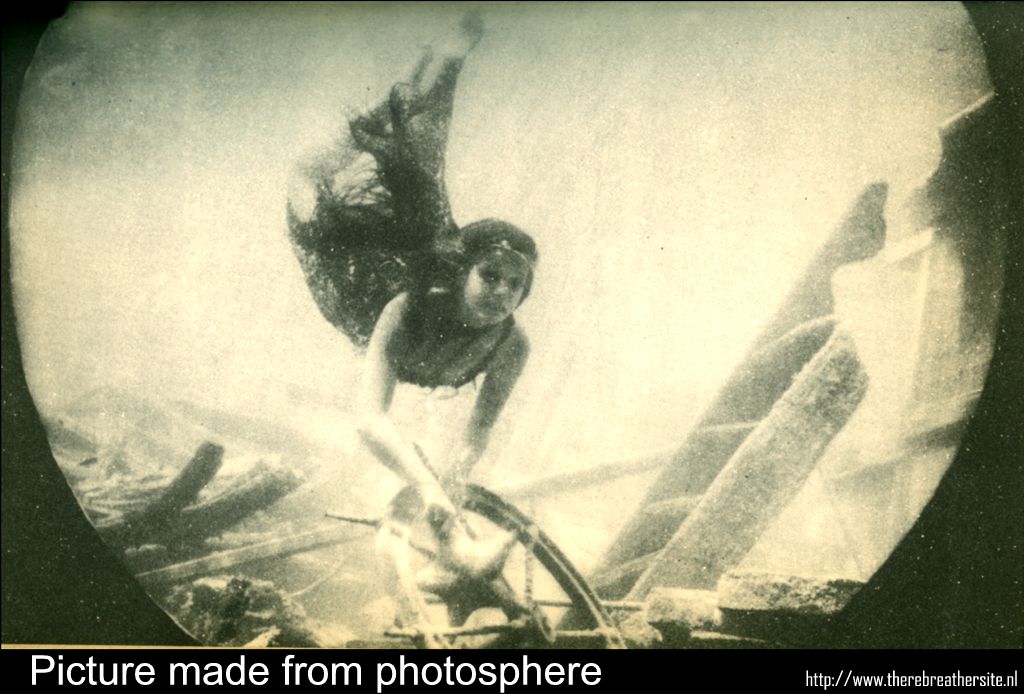

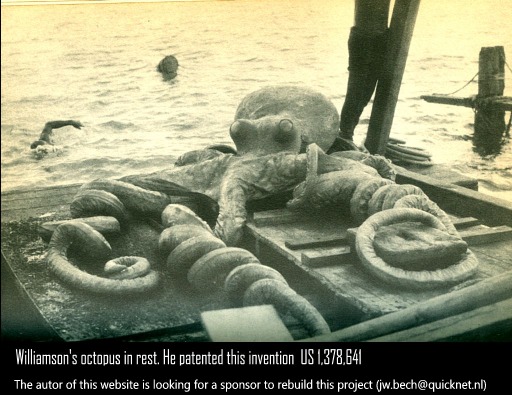
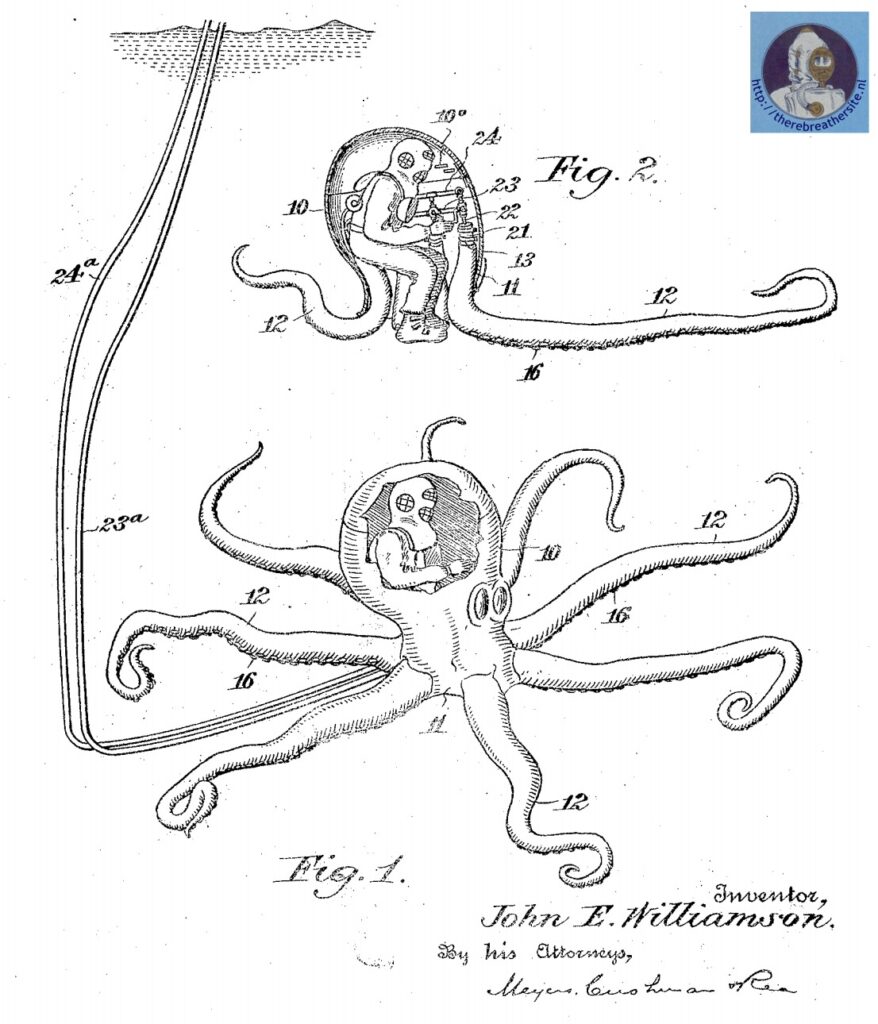
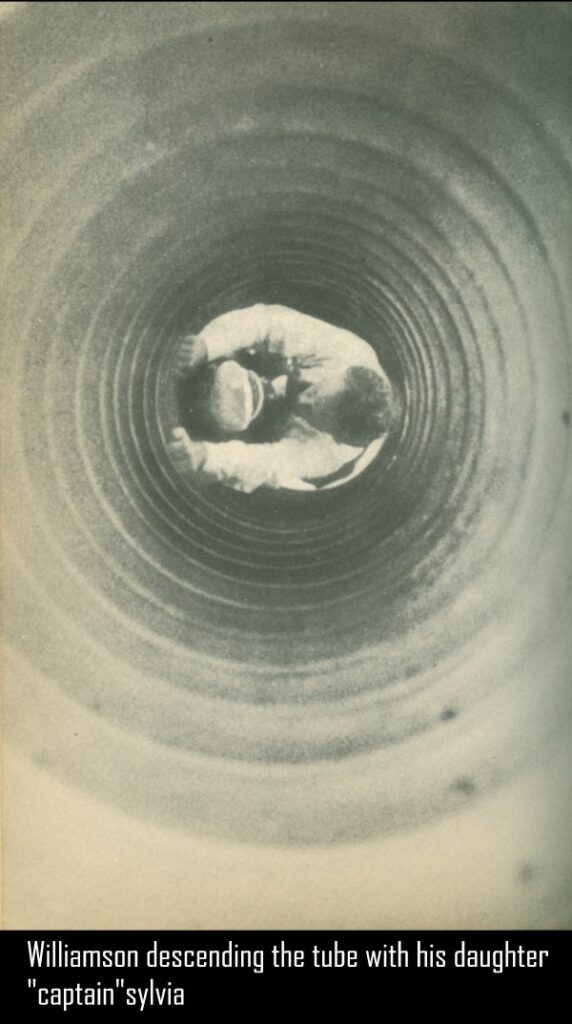
Additional information and great photos here :https://blog.marinersmuseum.org/2019/12/a-portable-hole-in-the-sea/
If you have additional information about the Charles Williamson adventures, please send them to be added to this information!

Therebreathersite was founded by Jan Willem Bech in 1999. After a diving career of many years, he decided to start technical diving in 1999. He immediately noticed that at that time there was almost no website that contained the history of closed breathing systems. The start for the website led to a huge collection that offered about 1,300 pages of information until 2019. In 2019, a fresh start was made with the website now freely available online for everyone. Therebreathersite is a source of information for divers, researchers, technicians and students. I hope you enjoy browsing the content!
